Canon EOS R10 review
Smaller 24.2-megapixel sibling to the higher priced EOS R7, this one shares nevertheless many features of the higher specified mirrorless

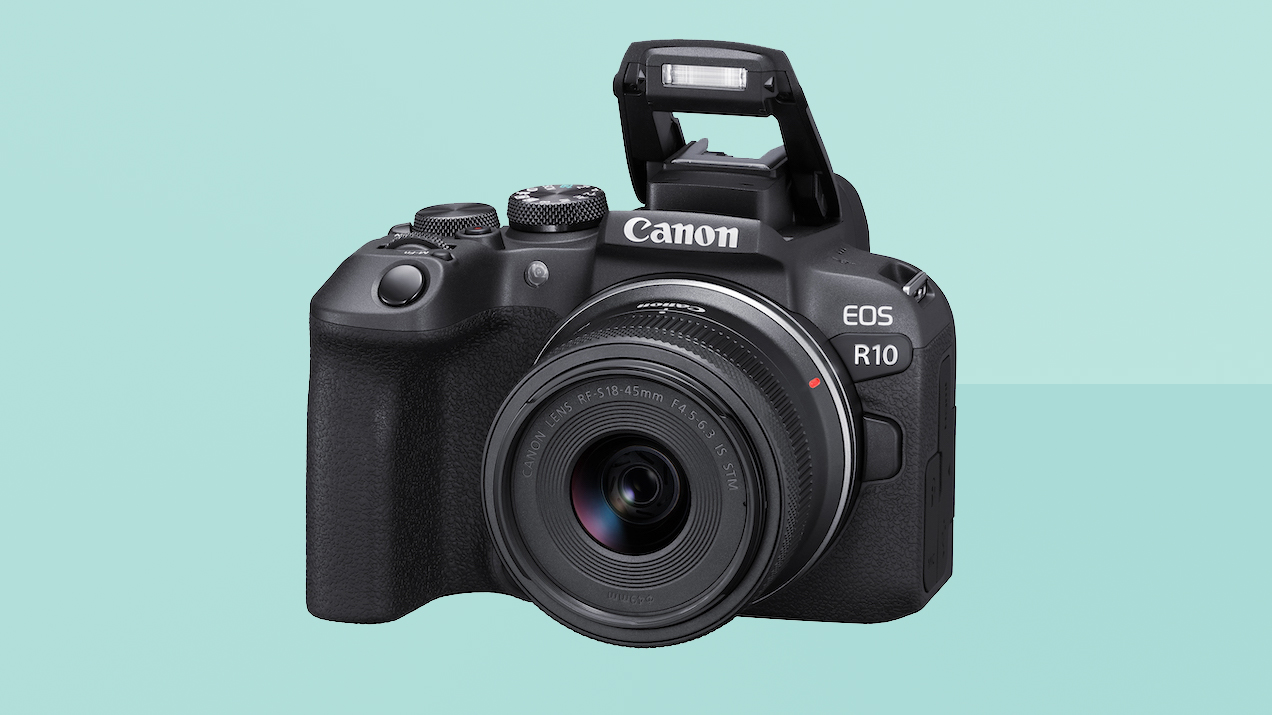
OK, so with the more affordable and less feature-rich Canon EOS R10, when compared to the higher resolution EOS R7 released alongside it, we don’t get features such as the R7’s body integral image stabilisation that will be useful when using longer, heavier telephoto lenses, or the dual SD card slots that will come into their own when committing data hungry image files to memory. However, on the single card slot EOS R10, we do get more user-friendly entry-level features such as a built-in pop-up flash and a lighter, slightly smaller camera body, which makes for increased portability. Without blowing up images bigger than the average desktop screen size, most of us won’t see the benefit of the additional pixel count from the EOS R7, so keen amateurs who want to save themselves a few pounds would do well to make the EOS R10 the subject of their further investigations.
-
+
Affordable, all-rounder entry camera
-
+
Tried and trusted brand
-
+
24.2-megapixel resolution
-
+
Lightweight
-
-
Very close in price to better R7
Why you can trust T3

Like its nearest competitor in Nikon, Canon has focused almost exclusively on building up its interchangeable lens mirrorless camera offerings these past few years at the expense of its traditional DSLR user. The shift in focus, no pun intended, makes sound commercial sense when mirrorless sales have continued to rise while DSLR sales have flatlined.
But the market-leading Canon hasn’t thrown the baby out with the bathwater entirely. The latest mirrorless models, including the entry-level EOS R10 we’re looking at here – smaller, less well-specified sibling to the simultaneously released EOS R7, despite the higher model number – continue to borrow looks, design and handling from the DSLRs that have come before them. This reflects the manufacturer’s desire for its existing DSLR owners to continue to spend with them, and make the transition from SLR photography to mirrorless photography. It also gives some reassurance to smartphone users considering trading up to a ‘proper’ camera for the first time, in that the camera they’re considering, here the EOS R10, still looks like something ‘real’ photographers would use.
So is the Canon EOS R10 worth our time and investment? Is it the best camera for beginners out there? Read on to find out…
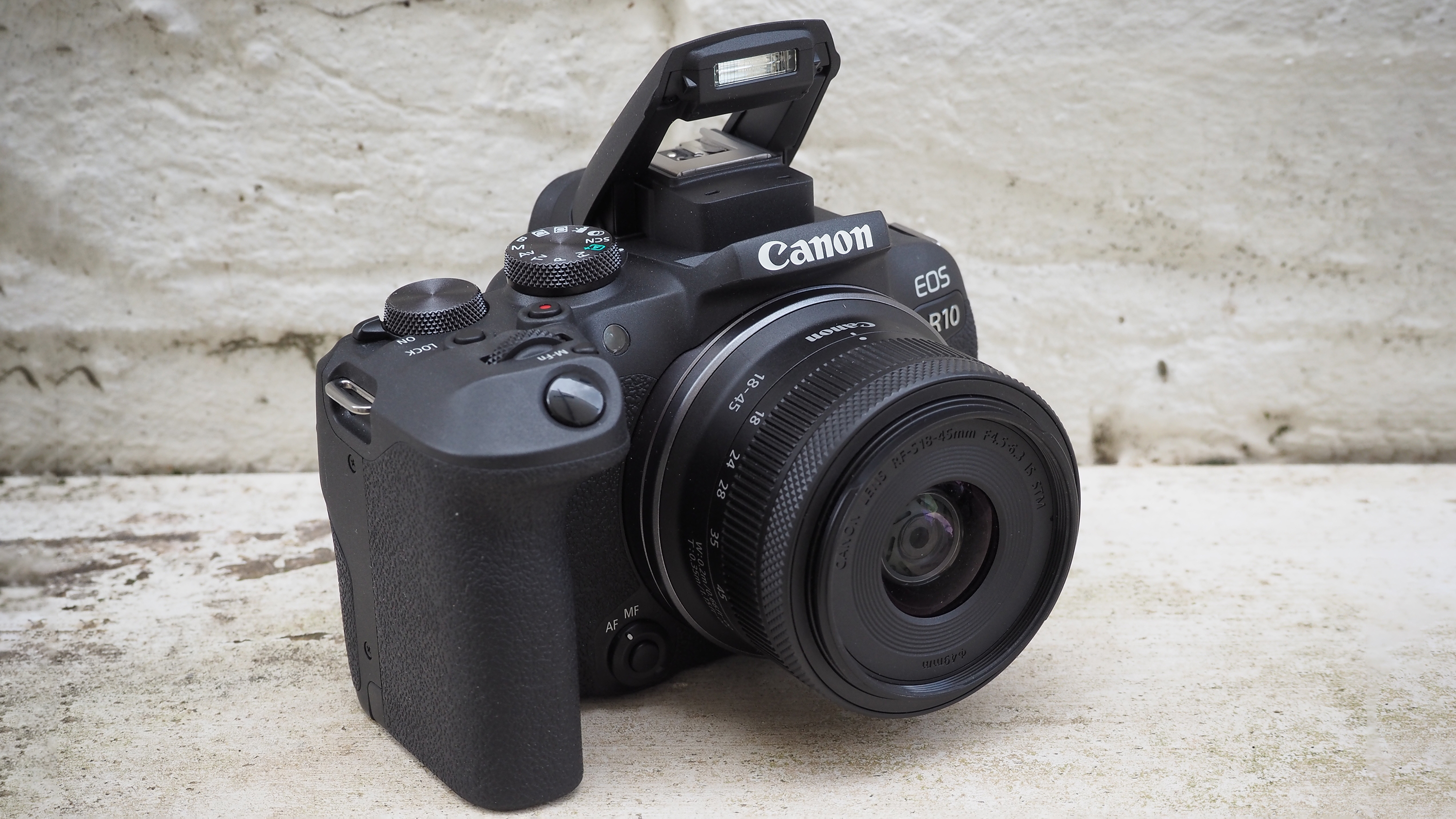
Canon EOS R10 review: Design & Handling
Though it’s hard to tell from photographs, the EOS R10 is slightly smaller than its outwardly similar EOS R7 sibling, while its handgrip is also less deep than the R7. Coupled with this, the R10’s control layout is marginally more simplified; it omits the control wheel encircling the multi-controller joystick for example. However, it also finds room to include a pop-up integral flash above the lens, which is useful given the entry-level status of this camera, along with the usual vacant hotshoe for any optional supplementary flashgun or accessories.
The EOS R10 additionally feels lighter in the palm at just 382g without SD card or battery, and the build more obviously reflects its budget price tag when compared with its literally bigger brother in the R7. That said, the usual Canon attention to detail, handling and design is here, so, even without its rechargeable battery inserted into the base of its handgrip, the EOS R10 still feels reasonably substantial in the hand. As the handgrip is smaller than its R7 brethren, the battery is likewise smaller, while managing to deliver anything up to 430 images from a full charge, as opposed to the R7’s 660 pictures.
Shots are composed either via an eye-level electronic viewfinder or via a more compositionally versatile tilt and swivel 2.95-inch, 1.04-million dot resolution LCD screen located below. The smaller dimensions here did mean that the end of our nose awkwardly touched the LCD screen when using the camera with our right eye up to the viewfinder. Overall then, we found it simpler and more straightforward to simply use the LCD for framing and then reviewing our images, which can be saved as Raw, JPEG files or in the newer HEIF format.

Canon EOS R10 review: Features
Like its sibling in the EOS R7, the Canon EOS R10 boasts the fastest continuous mechanical shutter of an APS-C EOS camera at 15ps (the alternatives being 30fps and 23fps via the use of the electronic shutter). As we’d expect, Wi-Fi and Bluetooth connectivity also features as standard, and as noted above we get the traditional option of an eye-level viewfinder, here electronic rather than optical, at a whopping 2.36 million dot resolution, as well as an LCD screen that can be flipped outwards from the backplate and turned fully to face whatever in front of the lens. Thus, conceivably, when we additionally factor in that this camera can shoot 4K video files, the EOS R10 could be an affordable option for vloggers and influencers.
Get all the latest news, reviews, deals and buying guides on gorgeous tech, home and active products from the T3 experts
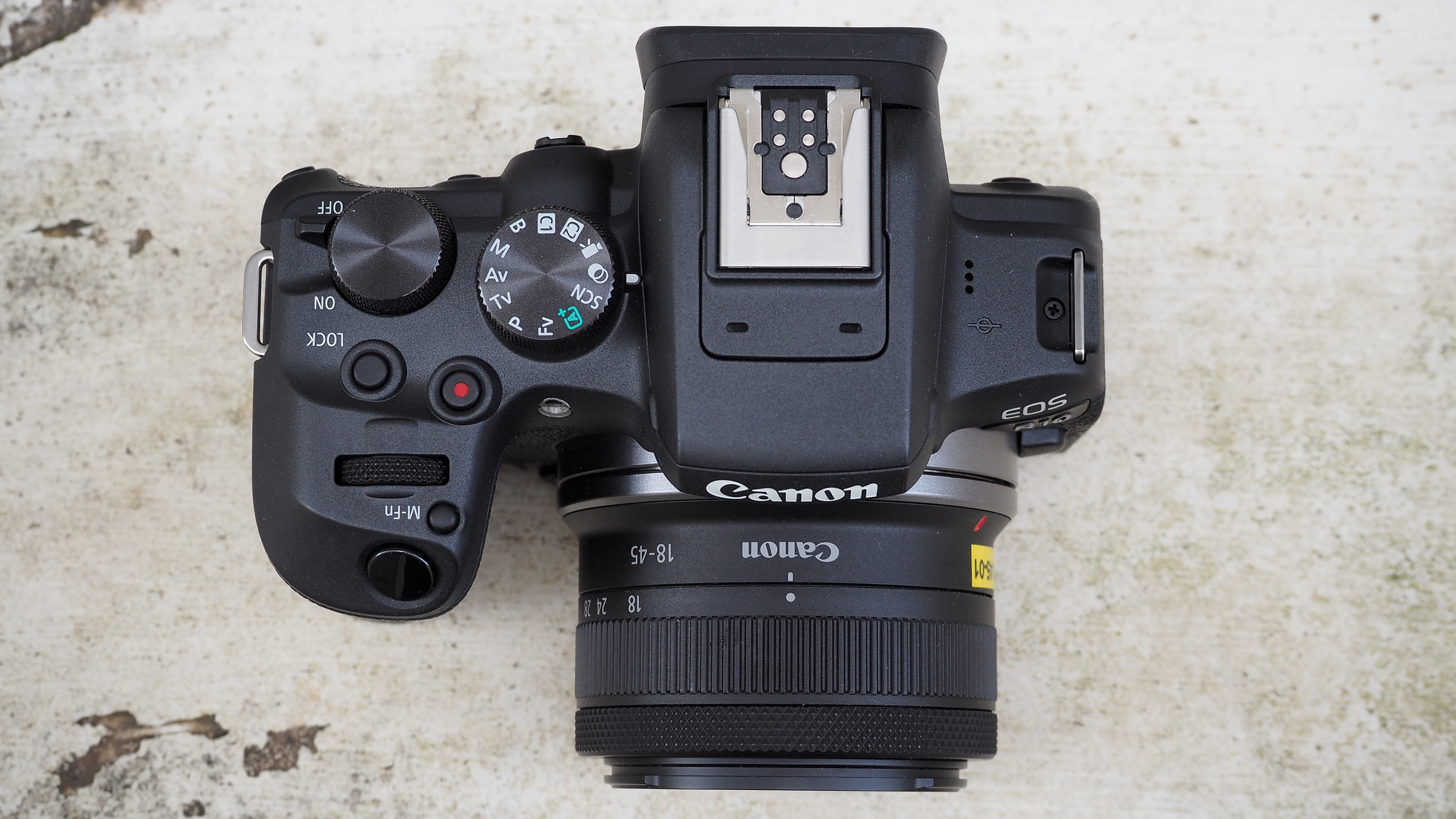
Canon EOS R10 review: Performance
The most compact and lightweight option to ensure ultimate portability in the field is to equip the Canon EOS R10 with the compact 18-45mm f/4.5-6.3 zoom image stabilised lens released alongside it. The combined weight, in comparison with, say, a consumer DSLR, was unobtrusive enough to have us concerned we had forgotten to pack the body in our camera bag when taking it out for a field test. Of course, even at its sub £1K price point, we still want something that feels substantial enough to justify the still not inconsiderable outlay, and the build quality of the EOS R10 cleverly manages to hit that sweet spot. Yes, there are plastic-y elements but nothing here feels unduly compromised to appeal to its entry-level target market; dials have just the right amount of resistance and give, and nothing feels loose or insubstantial in terms of the build when the camera’s in operation.
In terms of response times, these mirror what we’d expect from a consumer-level DSLR, which is to say this mirrorless camera manages to keep up with our creative ambitions thanks to the inclusion of the same Bionz X generation processor found in Canon’s more ‘grown up’ cameras. If we can see the shot in our mind’s eye then there’s a very good chance we’ll be able to squeeze the shutter release button and capture it in practice. Despite this being the entry model in Canon’s EOS R lineup of mirrorless cameras, there’s nothing sluggish or heel dragging about the performance here.
Canon EOS R10 review: Image samples
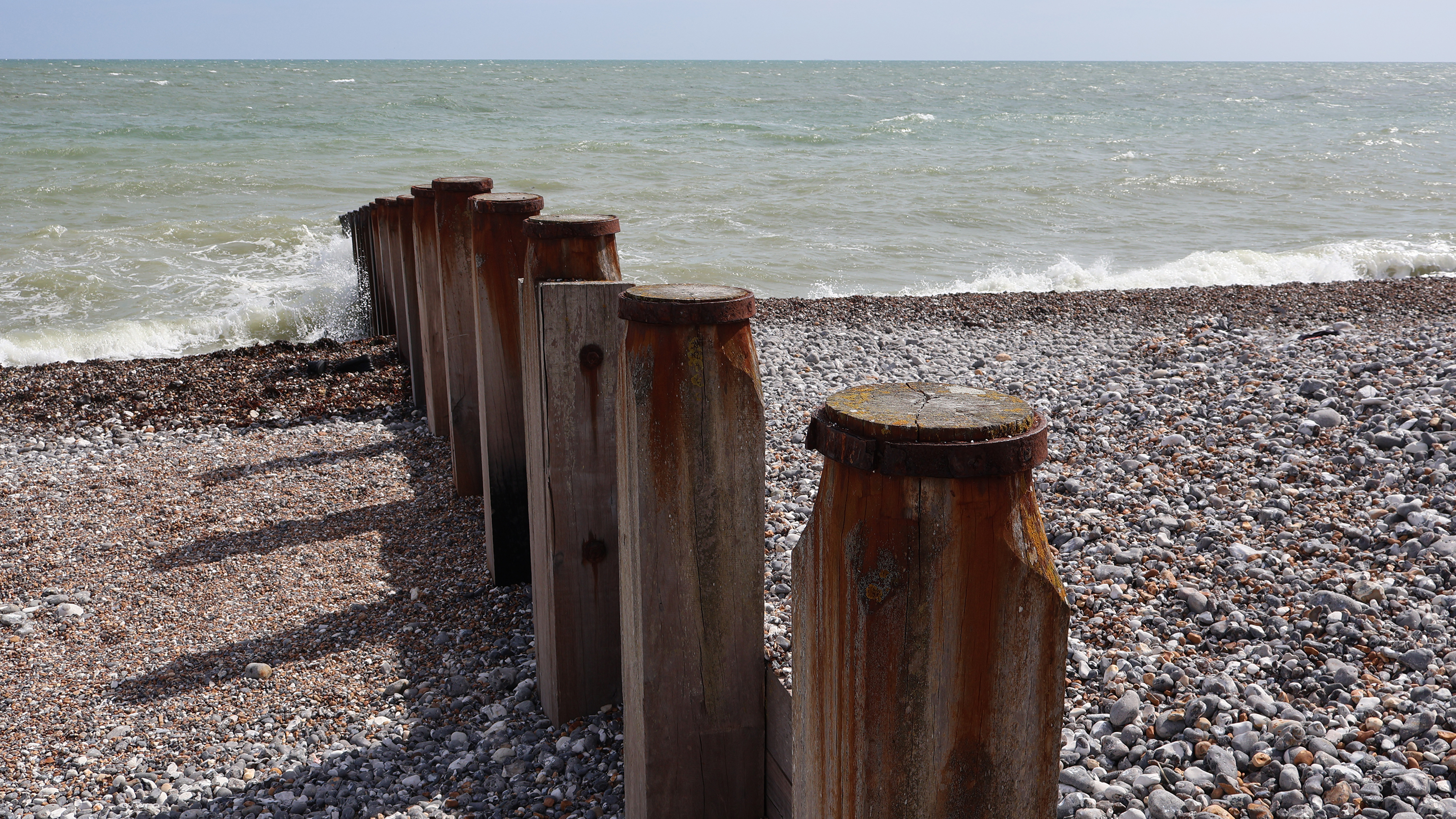



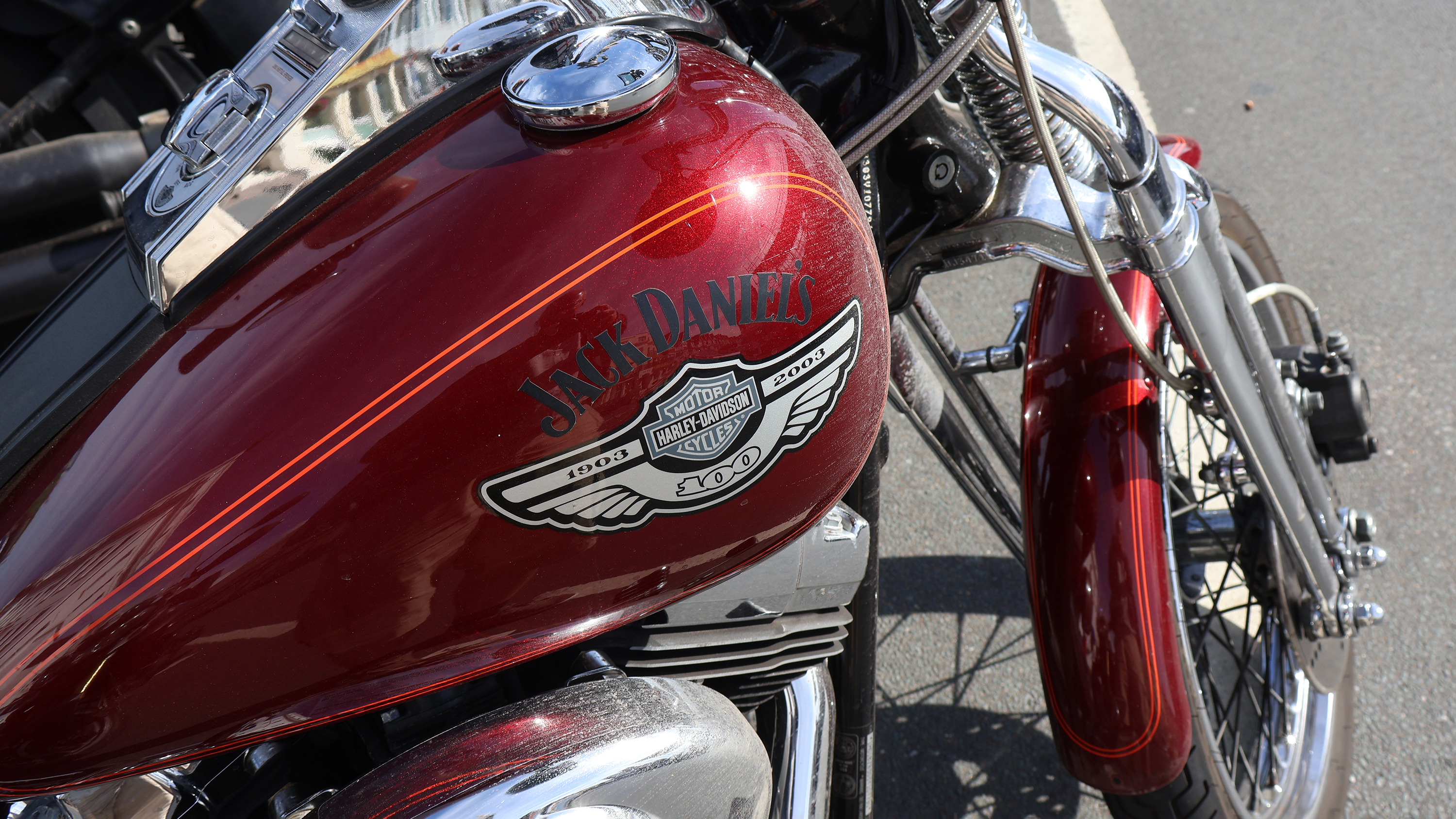
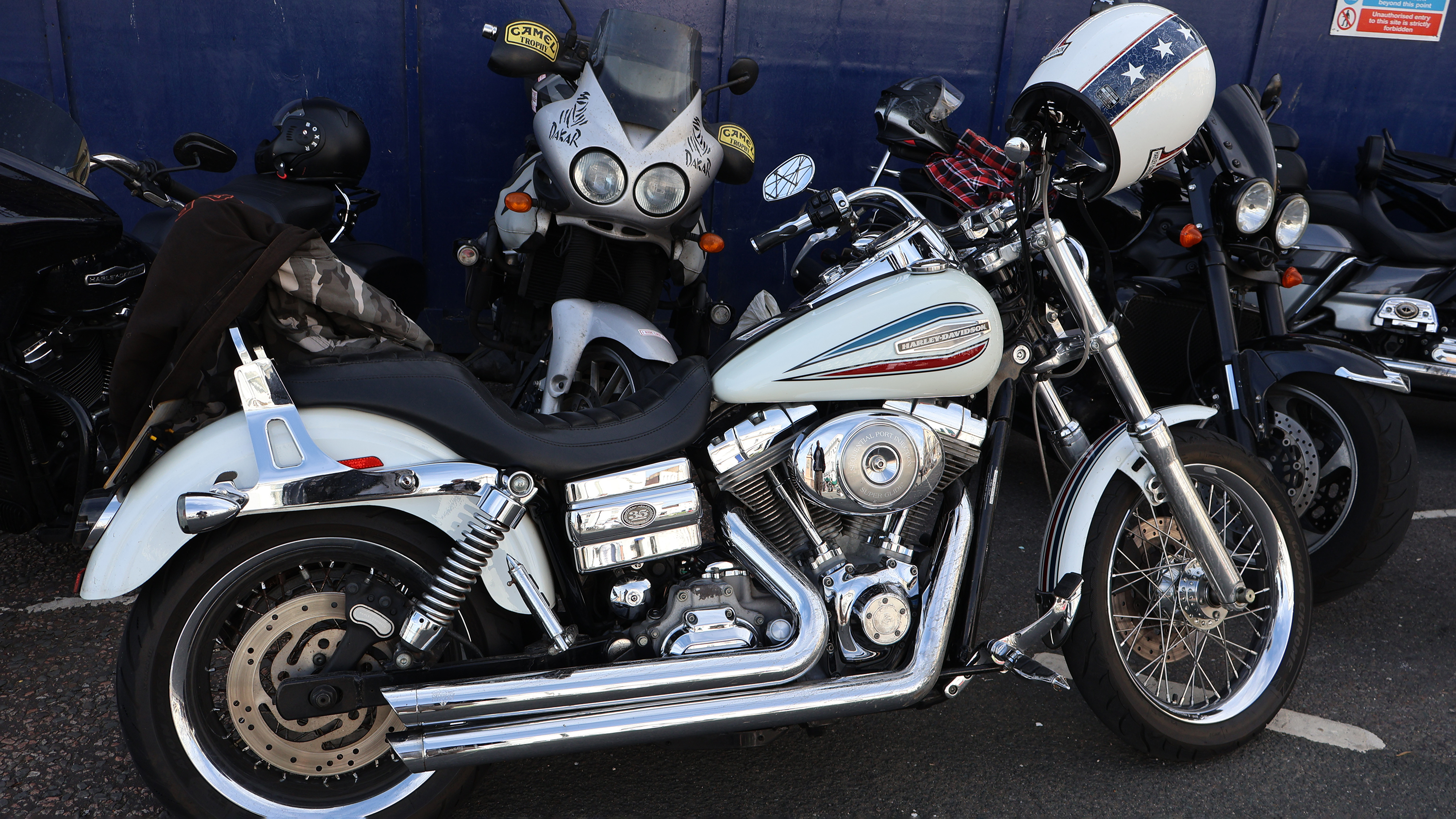






We were impressed with the detail and well-saturated colour-rich images straight out of the Canon EOS R10. Its manufacturer is known for delivering photography that doesn’t require much if any image editing after the fact, except to maybe bring up a little more shadow detail, and that’s certainly the case here.
If you’re blessed with decent weather the results can be eye-popping and, when compared alongside those from the higher pixel count R7 we’d wager most would find it hard to tell whether they were noticeably better or worse, at least with a compact lens on the front rather than a telephoto zoom which may cause a degree of imbalance.
Canon EOS R10 review: Verdict
The Canon EOS R10 is an affordable, all-rounder entry point into interchangeable lens mirrorless photography from a tried and trusted brand. A 24.2-megapixel resolution will be more than sufficient for the majority of us, while the smaller, lightweight format makes the Canon EOS R10 easier to manage in terms of both operation and portability, meaning we’re more likely to have it to hand when that once-in-a-lifetime photo opportunity presents itself.
If your budget will stretch the better specified yet outwardly very similar looking EOS R7 has a better build and feature set, though it omits some of the EOS R10’s beginner-friendly features such as body-integral flash

Gavin Stoker has been writing about photography and technology for the past 20 years. He currently edits the trade magazine British Photographic Industry News - BPI News for short - which is a member of TIPA, the international Technical Imaging Press Association.